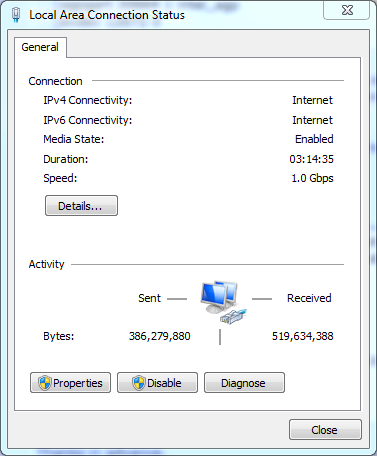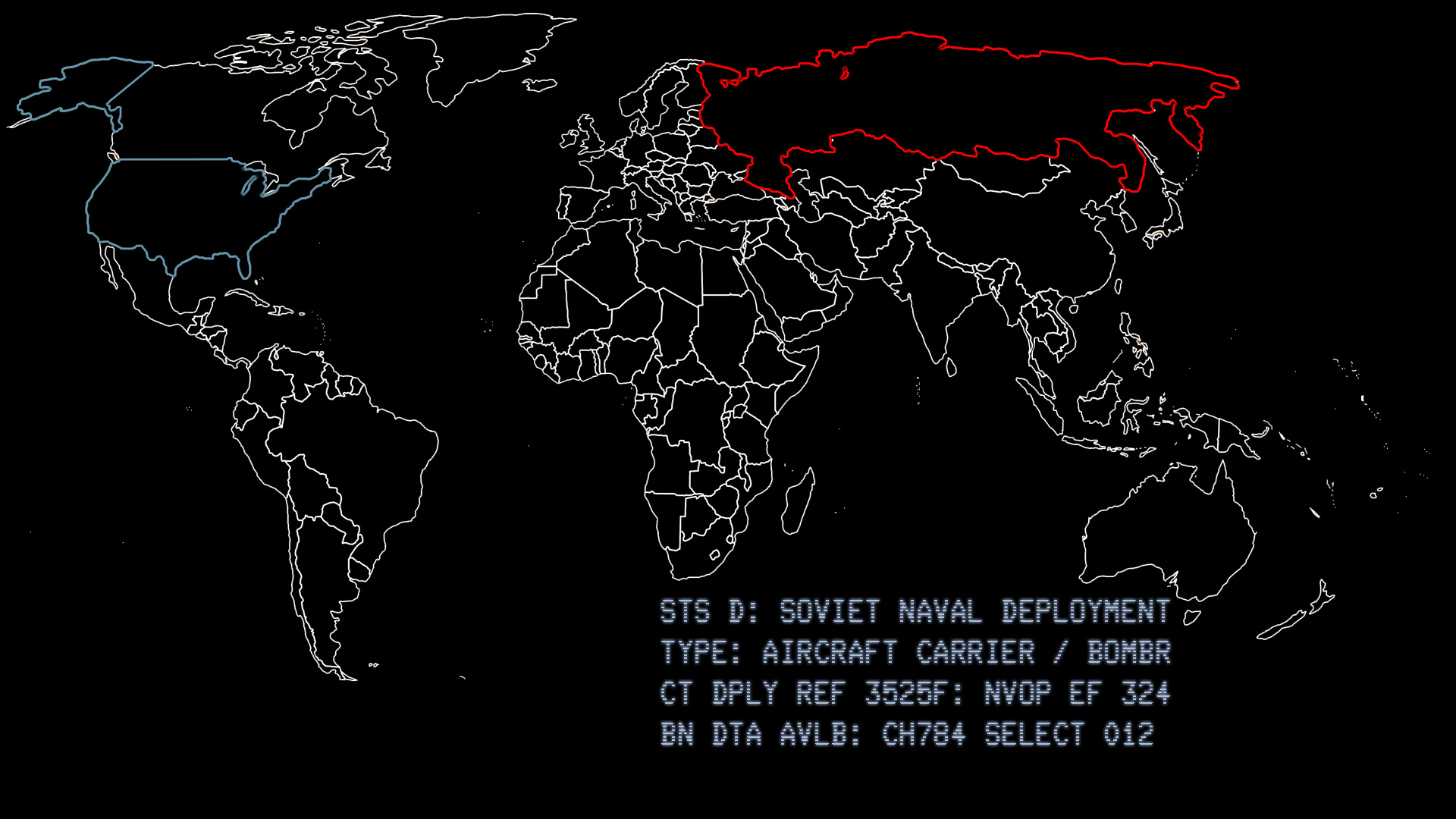I hate politics. I hate both political parties. That being said, I would support any political party that drew up the same plans for the NBN as what we have on the table. It just makes sense. Australia has been short changed in broadband and all the wonderful advances that it can make possible for many, many years.
Telstra was sold off and now are driven by making profit for their shareholders not what is in the best interest of every Australian. This kills expansion. This gives the bush a raw deal. This is not acceptable.
The NBN isn’t as much a political tool as it is a catalyst for change in ways that we never even imagined. It’s about supporting business and fostering growths in IT and technology. With much faster broadband, we open up the opportunity to decentralise city areas providing more jobs to regional Australia. We open the door to working at home more. A better work life balance. More time for the family.
Screw the politics this is about changing a nation for the better.
The plan that was tabled by the Liberals was a good attempt, but fails to address the many weaknesses of wireless technology. Noise & Distance. I’ve been involved with wireless for over 10 years now - and I will attempt to explain some of the reasons WHY wireless is just not up to the task.
1) Speed needs Hertz! - The higher the frequency, the more data you can squeeze into it. 802.11b/g uses 2.4Ghz and gets ~54Mbit air speed. This translates to about 22Mbit wire speed - that is close enough to 2.2 Megabytes per second.
2) The more Hertz, the more you lose! - You can only squeeze so much data into a certain frequency. The higher you go in frequency, the quicker that signal fades. This is called Free Space Path Loss. This gives us a limit on both how high in frequency we can go, and how much distance a base station can cover. 802.11b/g using 2.4Ghz can be unusable past 500 meters!
3) Noise - Radio Frequency or electrical noise is a fact of life. There is not much you can do about it. To overcome noise, you need more output power from the radio. The down side of this is that the more power you use, the more likely you are to interfere with other users.
4) Security - Wireless is a broadcast transmission. This means that EVERYBODY can see what you are doing over your connection - as long as they can hear your signal. This means that over several kilometers there may be 50+ people who can eavesdrop on your connection. Encryption can solve this, however even current wireless security encryption can be cracked in as little as a few minutes.
There are still more reasons as to why wireless is not suitable for large scale deployments to entire suburbs - however I believe that these are some of the more basic ones that would cause major issues. In short, Fibre is one of the best solutions available. It will give us the flexibility that the copper network has since its installation - but without the limitations of copper! That is something to be really excited about.




